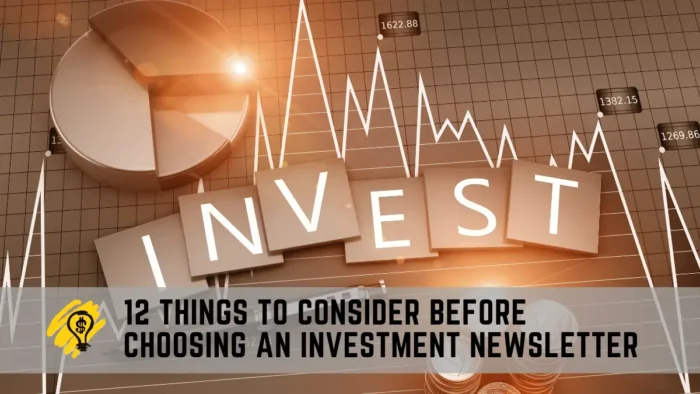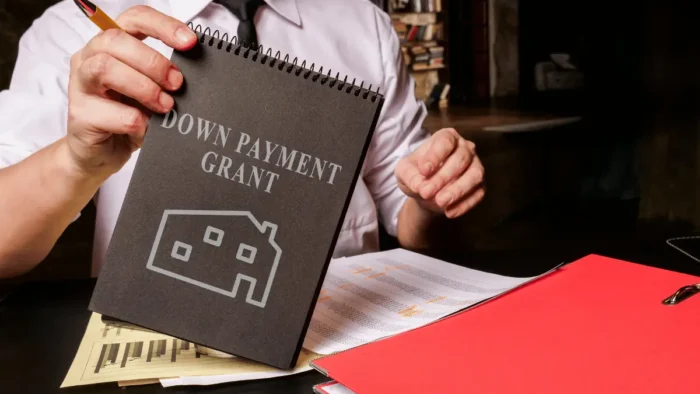Investing in stocks can be a great way to make long-term returns, but it isn’t always easy to know which stocks to buy or which investments to make. That’s why many investors turn to investment newsletters to help make the right decisions.
An investment newsletter can provide valuable advice, insights into the stock market, and tips on what stocks to buy or sell. But before you start subscribing to a newsletter, there are a few things you need to consider. This article will provide tips to help you make the right decision when choosing an investment newsletter.
1. Is There Someone Available To Discuss Any Questions
When you subscribe to an investment newsletter, it’s important to have the ability to ask questions and receive answers from the newsletter provider. Make sure the newsletter you choose provides quick and helpful responses to any questions or concerns. For example, if you’re unsure about an investment recommendation, you should be able to get clarification from the newsletter provider.
2. The Credentials Of The Newsletter Provider
Research the background of the newsletter provider to determine their level of experience and expertise. Professional investors write many newsletters, but some could hire less experienced writers who might be better suited to writing about non-investment-related topics. This can be a problem because it will be difficult to trust that the advice given is accurate.
Additionally, research the newsletter provider’s track record to understand how well their investment advice has worked. In a nutshell, ensure the newsletter you choose is from someone with a track record of providing reliable advice. The Australian stock report is a valuable resource; you can find out more here.
3. The Official Website Of The Newsletter Provider
Many newsletters will have their website to provide more detailed information about the newsletter and its services. Take some time to explore the website to get an idea of what is included in the subscription. You should also check for reviews or client feedback that can help gauge the newsletter’s reputation. And, if the newsletter provider has a blog, read their posts to get an idea of the type of advice they provide.
4. How Comprehensive And Detailed Are They
Investment newsletters vary widely in terms of how comprehensive and detailed they are. Some newsletters only provide basic information, while others offer extensive market research, analysis, and advice. For example, a comprehensive newsletter may provide detailed reports on specific stocks and sectors and up-to-date news coverage. Evaluate the newsletter’s content to determine if it’s a good fit for your needs.
5. Reputation Of The Newsletter Provider
Do some research to determine the reputation of the newsletter provider. Look for online reviews, ratings, and feedback from previous subscribers. You should also check if the newsletter has been mentioned in any financial publications or websites. This can indicate how reliable and respected the newsletter is. In addition, if the newsletter provider is a member of an investment organization, such as the CFA Institute, it can be a good indication that they provide reliable advice.
6. Type Of Fees Are Associated
Before you sign up, you must understand the fees associated with the newsletter. Some newsletters have a flat fee, while others may have a subscription fee or require you to pay for each report or analysis. Plus, some newsletters might charge an additional fee if you want to access their portfolio recommendations. Therefore, ensure you understand how much you’ll need to pay before signing up for the newsletter.

7. Are There Recommendations?
Pay attention to whether the newsletter provides specific recommendations or just general advice. If you’re looking for guidance on which stocks or investments to buy or sell, then make sure the newsletter offers specific recommendations. If not, you’re better off seeking advice from a financial advisor or stockbroker.
8. Clarity Of Writing
Take the time to read some of the newsletter’s past issues or posts to get an idea of the writing style. Is the content written in a way that is easy to understand? Or does it contain technical jargon and complex financial terms that can be difficult to comprehend? For instance, some newsletters may include articles that explain stock market concepts in simple terms, while others might only discuss complex investment strategies. The clearer the writing, the easier it will be for you to make informed investment decisions.
9. Your Goals And Objectives
Finally, consider your personal goals and objectives when evaluating the newsletter. Are you looking for long-term or short-term investments opportunities? Do you prefer more conservative or aggressive strategies? For example, if you’re looking for more conservative investments, you may want to consider newsletters focusing on dividend stocks or low-risk strategies. By taking the time to evaluate your goals, you’ll be able to find a newsletter that is best suited to your needs.
10. How Timely Is The Information Provided
Take note of how often the newsletter is updated and if the information provided is current. Look for newsletters that offer timely market analysis and up-to-date news coverage. This will ensure that you are always on top of the latest market trends and can make informed investment decisions. For example, some newsletters provide daily or weekly updates, while others may be updated monthly. Choose the one that best suits your needs.
11. Does The Newsletter Offer A Money-Back Guarantee
Also, check for a money-back guarantee. This is important as it allows you to test the newsletter before committing to a long-term subscription. This way, if you find that the newsletter isn’t a good fit for your needs or doesn’t provide the information you’re looking for, you can get your money back without hassle.
12. Read Sample Issues To Gauge Their Quality
Finally, read some sample issues of the newsletter to gauge their quality. Evaluate how comprehensive and detailed the content is and consider if it’s well-researched and reliable. By doing this, you can better understand the type of advice and information you’ll receive and ensure the newsletter fits your needs.
Bottom Line
Finding the right investment newsletter can be a daunting task, but taking the time to consider various factors such as reputation, fees, recommendations, clarity of writing, personal goals and objectives, timeliness of information, money-back guarantees, and the quality of content in sample issues, you can ensure that you find the best newsletter for your needs. These things will help you make an informed decision and ensure you get the most out of your investment.



